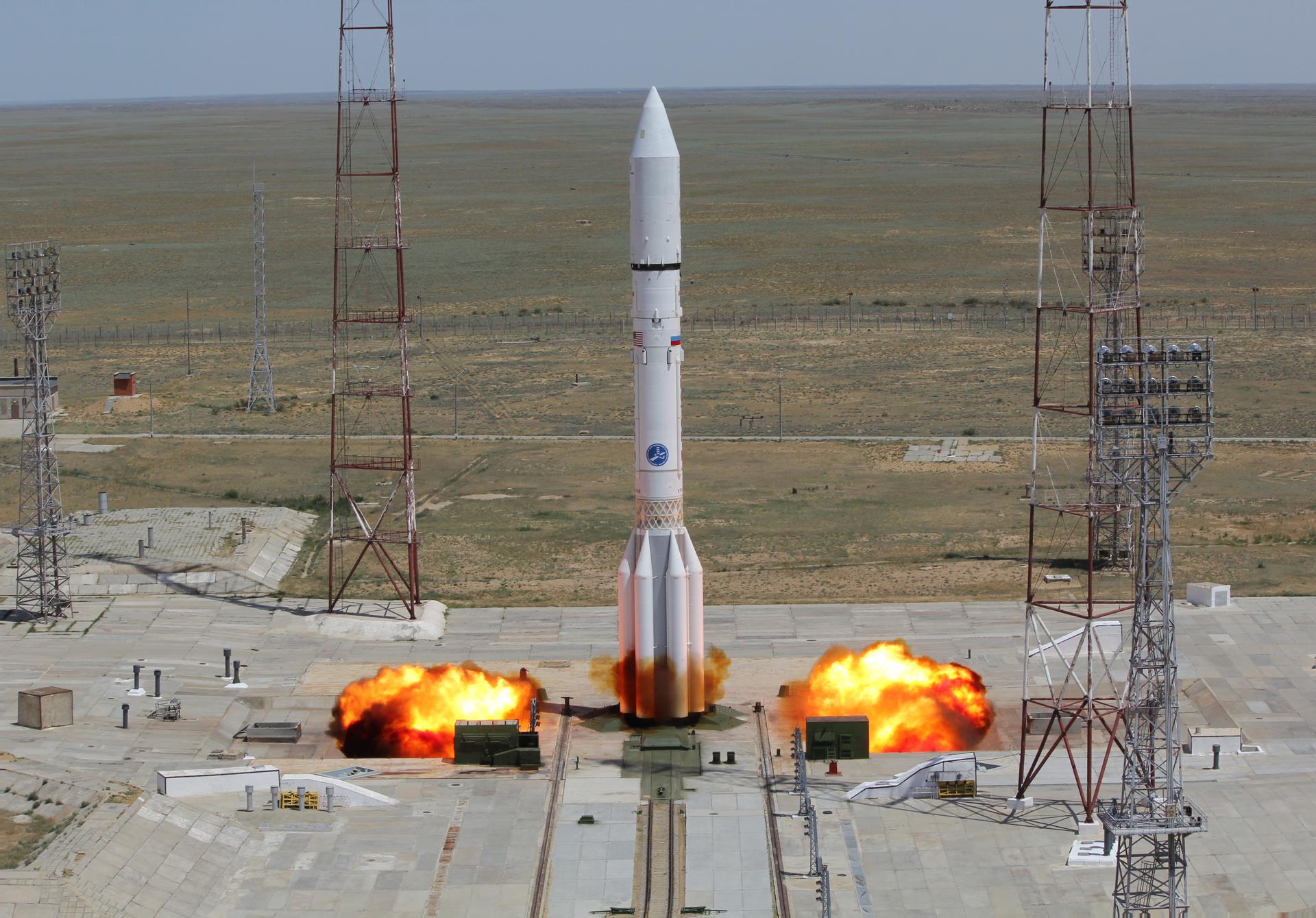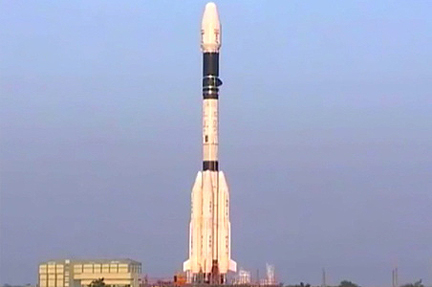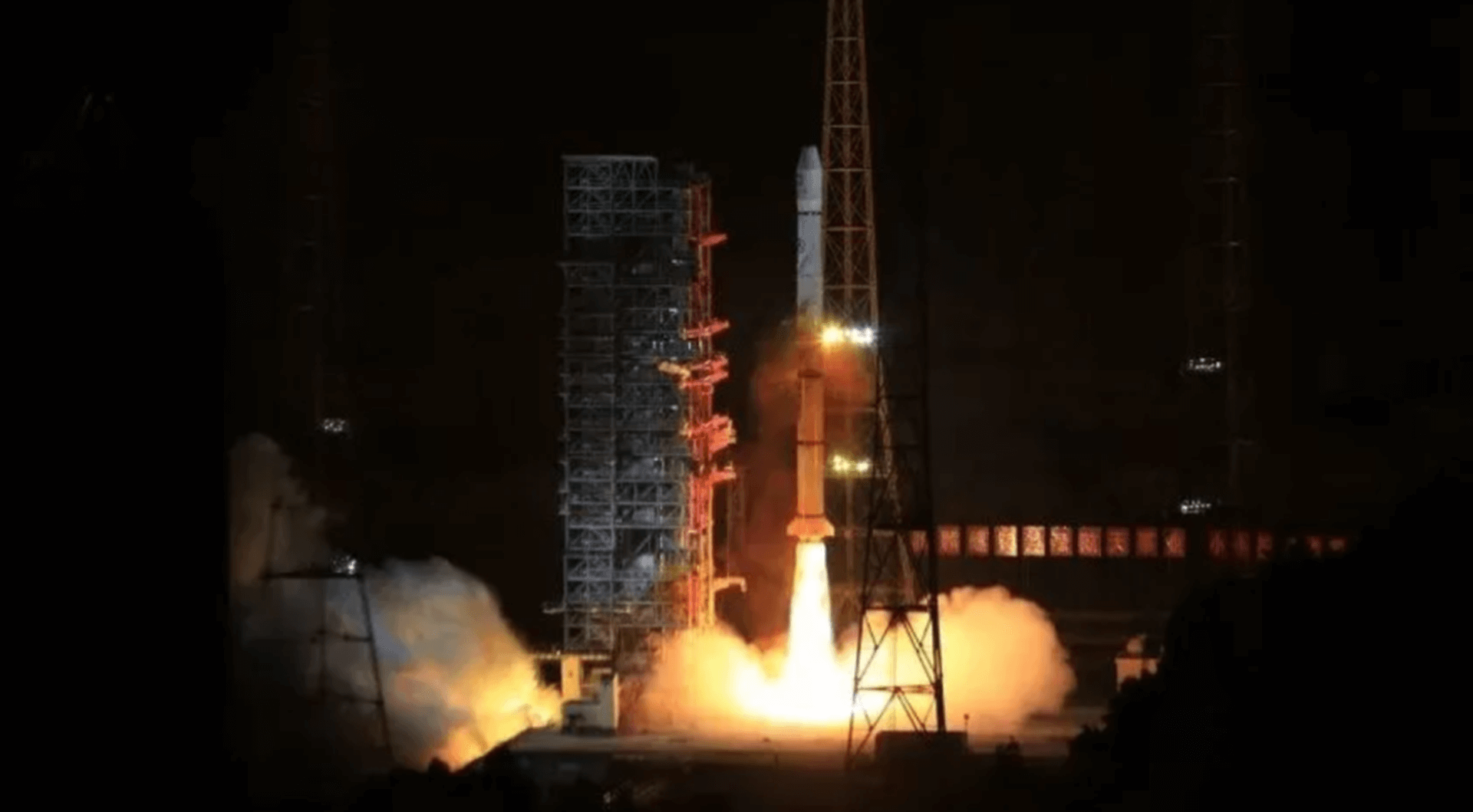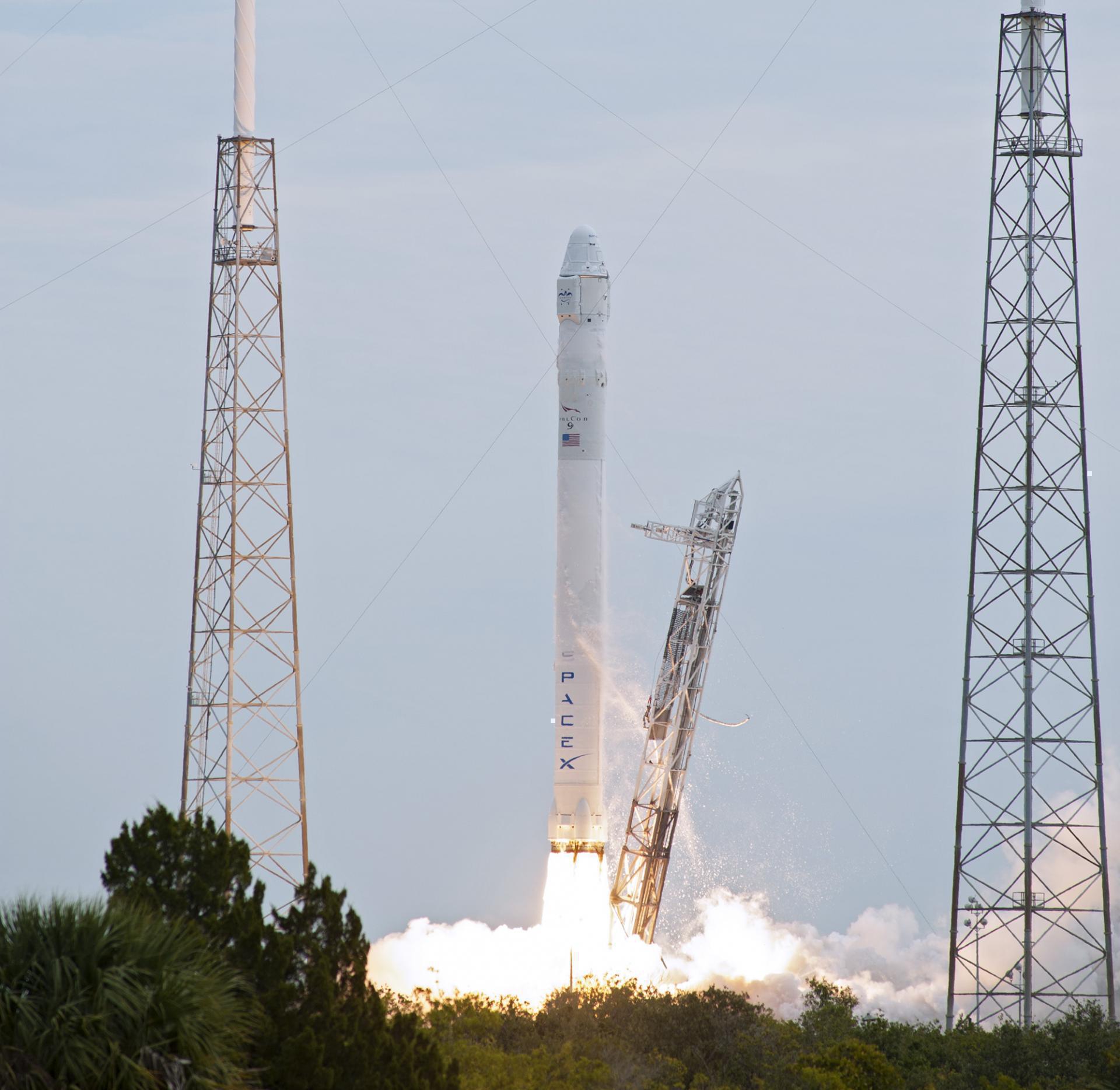Previous Spaceflight Launches
Filter by Agency, Locations or Vehicles
Show All LaunchesSpaceShipTwo | VSS Enterprise GF04
Virgin Galactic | United States of AmericaAir launch to Suborbital flight
Jan. 13, 2011, noon
Ariane 5 ECA | Hispasat-1E & Koreasat 6
ArianeGroup | FranceGuiana Space Centre, French Guiana
Dec. 29, 2010, 9:27 p.m.
Status: Launch Successful
Mission:
Koreasat 6 is a South Korean communications satellite operated by Koreasat. Hispasat 1E provides Fixed Satellite Services (FSS) and a Broadcast Satellite Services (BSS) to Europe, the Americas and North Africa. Located at 30 degrees West.
Geostationary Transfer OrbitProton-M / Briz-M Enhanced | KA-SAT
Khrunichev State Research and Production Space Center | RussiaBaikonur Cosmodrome, Republic of Kazakhstan
Dec. 26, 2010, 9:51 p.m.
GSLV | GSAT-5P
Indian Space Research Organization | IndiaSatish Dhawan Space Centre, India
Dec. 25, 2010, 10:34 a.m.
Long March 3A | Compass-IGSO-2 (Compass-I2)
China Aerospace Science and Technology Corporation | ChinaXichang Satellite Launch Center, People's Republic of China
Dec. 17, 2010, 8:20 p.m.
Soyuz FG | Soyuz TMA-20
Progress Rocket Space Center | RussiaBaikonur Cosmodrome, Republic of Kazakhstan
Dec. 15, 2010, 7:09 p.m.
Status: Launch Successful
Mission:
Soyuz TMA-20 begins Expedition 26 by carrying 3 astronauts and cosmonauts to the International Space Station. Russian Commander, cosmonaut Dmitri Kondratyev alongside Flight Engineers, Catherine Coleman (NASA) & Paolo Nespoli (ESA) will launch aboard the Soyuz spacecraft from the Baikonur Cosmodrome in Kazakhstan and then rendezvous with the station. It landed on May 24, 2011, 02:27 UTC
Low Earth OrbitFalcon 9 v1.0 | SpaceX COTS Demo Flight 1
SpaceX | United States of AmericaCape Canaveral SFS, FL, USA
Dec. 8, 2010, 3:43 p.m.
Status: Launch Successful
Mission:
SpaceX COTS Demo Flight 1 in 2010 was the unmanned first spaceflight of the SpaceX Dragon spacecraft, the Dragon C1, which orbited the Earth, and the second overall flight of the SpaceX Falcon 9. It was also the first demonstration flight for NASA's Commercial Orbital Transportation Services (COTS) program for which SpaceX was selected. The primary mission objectives were to test the orbital maneuvering and reentry of the Dragon capsule.
Low Earth Orbit B0004 - Maiden Flight Atlantic OceanProton-M Blok-DM-03 | 3 x Glonass-M (Kosmos 2470, Kosmos 2471, Kosmos 2472)
Khrunichev State Research and Production Space Center | RussiaBaikonur Cosmodrome, Republic of Kazakhstan
Dec. 5, 2010, 10:25 a.m.
Status: Launch Failure
Mission:
Glonass-M, also known as Uragan-M, are the second generation of Uragan satellite design used for GLONASS satellite navigation system. GLONASS is a Russian space-based navigation system comparable to the similar GPS and Galileo systems. This generation improves on accuracy, power consumption and design life. Each satellite weighs 1415 kg, is equipped with 12 L-band antennas, and has an operational lifetime of 7 years.
Medium Earth OrbitAriane 5 ECA | Intelsat 17 & HYLAS 1
ArianeGroup | FranceGuiana Space Centre, French Guiana
Nov. 26, 2010, 6:39 p.m.
Status: Launch Successful
Mission:
Intelsat 17 is an SSL built geostationary communications satellite operating at 66 degrees East, to replace the aging Intelsat-702. HYLAS-1 is a british satellite in geostationary orbit, to provide High Definition Television and broadband services to help poor covered parts of Europe. It will be stationed at 33.5 degrees West.
Geostationary Transfer OrbitLong March 3A | ZhongXing-20A
China Aerospace Science and Technology Corporation | ChinaXichang Satellite Launch Center, People's Republic of China
Nov. 24, 2010, 4:09 p.m.








